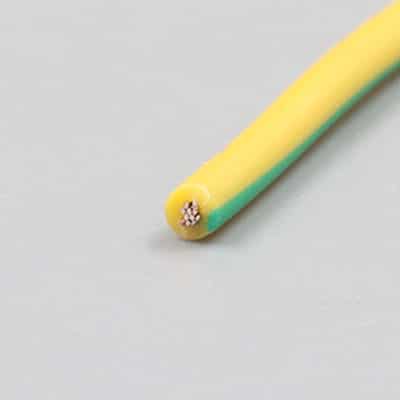Data cables, comprising various types such as USB, charging, HDMI, and Ethernet, serve as indispensable conduits for seamless data transfer, power delivery, and connectivity among electronic devices, enhancing efficiency and facilitating diverse functions in modern technology ecosystems. If you didn’t find the product you want, welcome to contact us for help.
Rated Voltage:
Temperature:
Wire Gauge:
Insulation:
300V
80℃
14-30AWG
PVC
Rated Voltage:
Temperature:
Wire Gauge:
Insulation:
600V
105℃
16-26AWG
PVC
Rated Voltage:
Temperature:
Wire Gauge:
Insulation:
300V
80℃
16-32AWG
PVC
Data Cable: Bridging the World
In today’s digital age, data cables have become an indispensable part of people’s lives. Whether it’s charging, transferring data, or connecting various electronic devices, the cables play a crucial role. This article will introduce the types, functions, and importance of the cables in daily life and work.
Types of Data Cables
Data cables come in various types, each with distinct characteristics depending on their purpose and the devices they connect. Common types of the cables include:
1. USB Cables: USB (Universal Serial Bus) cables are among the most common types of the cables used for connecting computers, smartphones, tablets, and other devices for data transfer or charging. USB cables typically come with different interface types such as USB-A, USB-B, Micro USB, Mini USB, USB-C, etc.
2. Charging Cables: Specifically designed for charging purposes, these cables are commonly used with smartphones, tablets, digital cameras, and other devices. These cables are designed with considerations for fast charging, safety, and compatibility.
3. HDMI Cables: HDMI (High Definition Multimedia Interface) cables are used to connect high-definition televisions, monitors, projectors, and other video devices for transmitting high-definition video and audio signals.
4. Ethernet Cables: Ethernet cables (also known as network cables) are used to connect computer network devices such as routers, switches, computers, etc., enabling data transmission within a local area network (LAN).
Functions
The primary functions of these cables are data transmission and power delivery. In addition to these, the cables also serve the following functions:
1. Charging Functionality: Many data cables not only facilitate data transfer but also serve as charging cables. This multifunctionality makes the cables essential accessories for mobile devices.
2. Data Transfer: By connecting different devices, these cables enable the transfer and sharing of data, whether it’s photos, videos, music, or file backups, thus playing a critical role in data exchange.
3. Signal Stability: High-quality data cables ensure signal stability, preventing interruptions or data loss during transmission, thereby ensuring smooth communication between devices.
4. Compatibility: Modern cables are designed to be compatible with various devices and interfaces to meet the diverse needs of users. For example, USB-C interface cables can connect to various types of devices.
Importance of the Cables in Life and Work
These cables play an indispensable role in modern life and work, as evidenced by the following aspects:
1. Convenience: The cables simplify device connections, allowing users to transfer data or charge anytime, anywhere, greatly enhancing convenience in both work and daily life.
2. Efficiency: Fast data transfer and charging capabilities improve work efficiency. In today’s fast-paced society, efficient tools are needed to accomplish various tasks, and the cables are one such tool.
3. Device Compatibility: The compatibility of the cables enables devices from different brands and types to connect and communicate with each other, facilitating integration and development in the tech industry.
4. Data Security: Transmitting data via wired connections enhances data security, mitigating risks of interference and eavesdropping associated with wireless transmission.
In conclusion, the cables serve as the bridge connecting the digital world, playing a vital role in our daily lives and work. With technology continually advancing, the functionality and performance of these cables continue to improve, providing people with increasingly convenient and efficient experiences.


